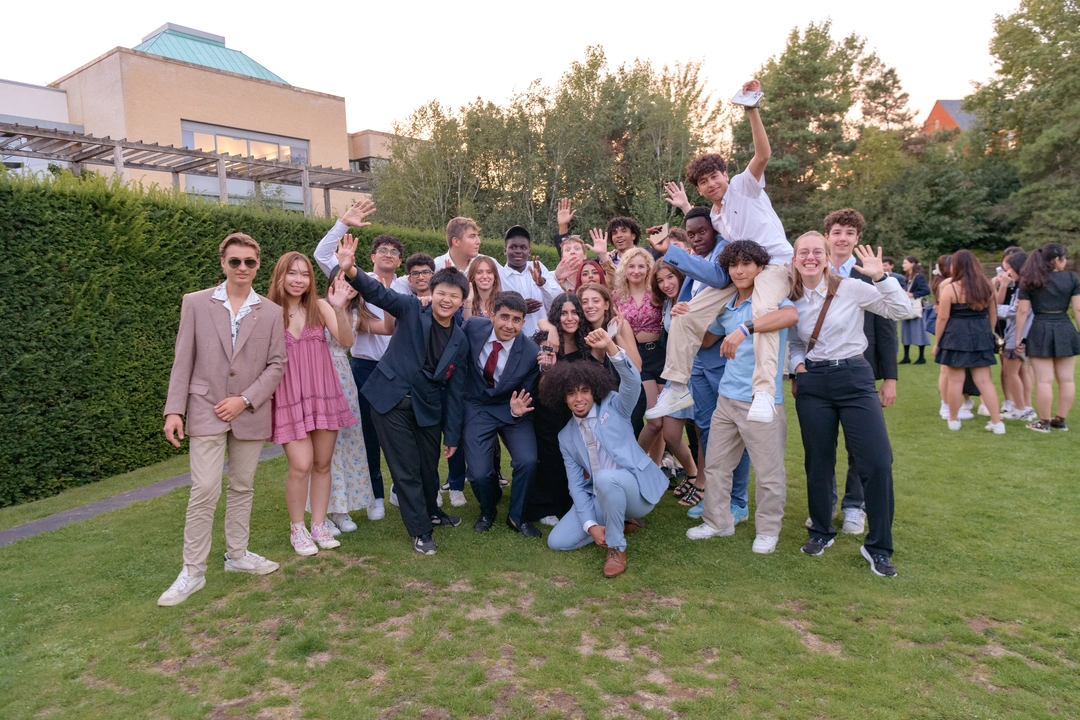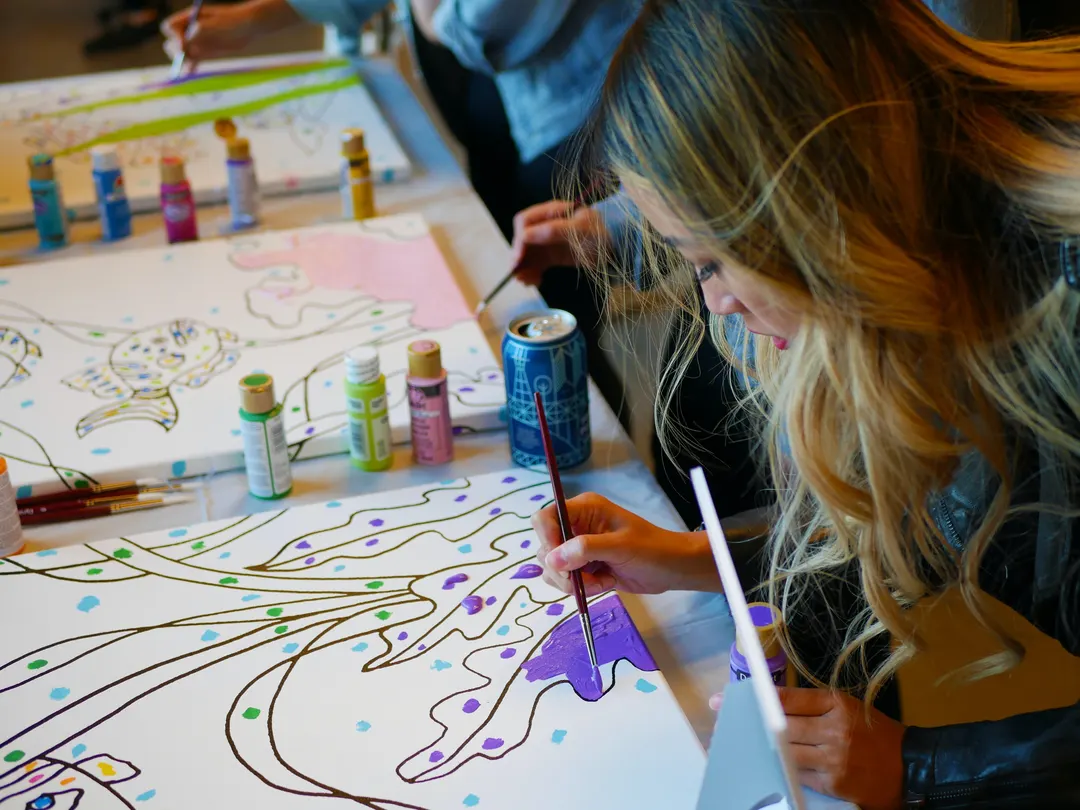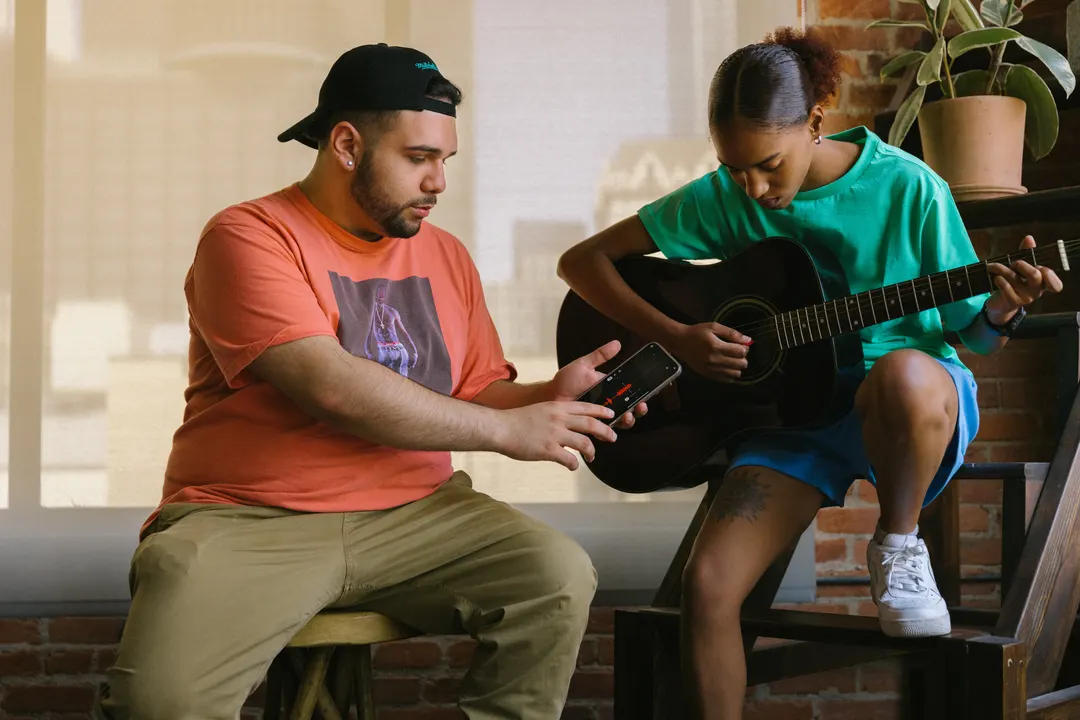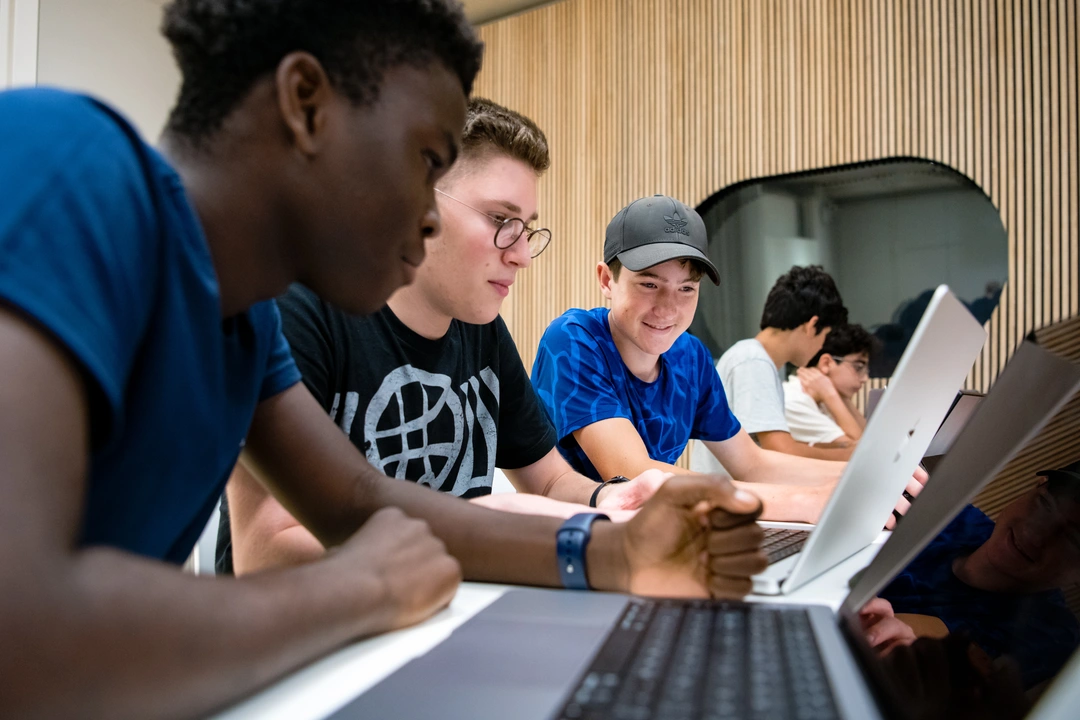How to Foster Creative Thinking for Teenagers

Each year, our Oxford Scholastica summer school students are encouraged to develop an active and long-term mindset, as well as a collaborative perspective, to foster creative and innovative thinking.
What Is Creative Thinking?
Creative thinking involves generating fresh and innovative ideas to approach problems in a new way that isn’t bound by conventional methods. It enhances our ability to problem solve, innovate and make decisions, as well as boosting our confidence and self-esteem.
It’s what we mean when we talk about “thinking outside the box”.
What Are the Benefits of Creative Thinking for Teenagers?
Developing your creative thinking skills is a great way to enhance your studies and academic achievements, helping you to become a compelling candidate in university, college and job applications.
Here are just some of the ways in which creative thinking is beneficial for teenagers:
I. Cognitive development
Creative thinking encourages you to assess and analyse information, ideas and concepts from multiple angles, enhancing your critical-thinking skills. This can help improve decision-making as you learn to weigh up options and consider consequences before choosing a course of action, even under pressure.
Thinking creatively can also foster complex problem solving as you go beyond traditional approaches to try something new. It stimulates a great deal of intellectual curiosity, encouraging you to explore new topics, question assumptions and seek a deeper understanding.
This approach will not only enrich your studies, but your personal life and career prospects too!
II. Emotional and personal growth
Creative thinking can also support emotional and personal growth at this critical, formative stage in your life. Finding new and exciting ways to look at things is a great way to increase your confidence, empowering you to see the value of your unique ideas and contributions.
It also fosters independence by helping you to rely on your creativity and problem-solving skills to navigate challenges. The process of creative thinking of course comes with a great deal of trial and error, which can help to build emotional resilience, teaching you to embrace failure as part of the creative process and learn from setbacks.
Creative thinking can also be great for enabling self-expression, allowing you to express your emotions and perspectives in a healthy and constructive way.
III. Social and interpersonal skills
Creative thinking is an excellent way to develop strong and effective communication skills, enabling you to convey your unique ideas and opinions to others.
Lots of creative thinking is done collaboratively as you share ideas and work together to achieve a common goal. Sharing unfamiliar approaches with one another, practising new ways of thinking, and working together to problem solve, all help to foster empathy and perspective as you work to understand and appreciate different perspectives and experiences.
Like any collaborative work, there’ll likely be a few disagreements between approaches and ways of thinking as an important part of this process, which is an ideal situation to develop important conflict resolution skills while looking for solutions and common ground.
20 Ways to Foster Creative Thinking for Teenagers
There are lots of ways you can get started on your journey to become a creative thinker, and plenty of ways to integrate it into your life.
Here are 20 of our favourite ideas to foster creative thinking:
Self-exploration and personal growth
One of the best places to start developing your creative thinking is with yourself!
Self-exploration offers many opportunities to rethink our approaches and challenge our assumptions, experimenting with fresh angles to get a deeper understanding of ourselves and our experiences. This could take the form of:
1. Keeping a creative journal to jot down your thoughts, ideas and feelings.
2. Creating mind maps to visually organise your thoughts and ideas for further analysis.
3. Spending time alone using self-reflection resources to ponder your personal goals, individual values and long-term aspirations.
Hobbies and interests
There are a range of hobbies and interests which involve an element of creative thinking, which can be a great place to start if you want to have fun with it. You could explore:
4. Trying your hand at various forms of visual art such as drawing, painting or digital art to express your creativity.
5. Diving into creative writing, whether it’s storytelling, poetry or writing your own songs and lyrics.
6. Exploring music, whether it be composing your own tunes or learning to play your favourite songs.

Problem-solving and critical thinking
Challenging yourself to think “outside the box” can be an excellent way to develop flexible thinking, and practise applying logic in new ways. It can also be surprisingly relaxing! Try your hand at:
7. Engaging in puzzles, riddles and brain teasers to enhance your problem-solving skills.
8. Setting challenges for yourself like creating a new invention or finding alternative solutions to everyday problems – you never know what you might be able to solve! This is also something that you could do in a group, which can also be a fun way of staying in touch with friends online.
Learning and exploration
Creative thinking can also be a part of your independent learning, and it can really enhance your schoolwork and university or college applications. This could include:
9. Delving into subjects you’ve never explored before, whether it’s science, history or a new language. New areas of knowledge and understanding can nuance your perspectives on current issues in the news, or even entirely change your approach to your studies.
10. Reading a variety of books, magazines and online articles to expand your knowledge and thinking. Not only will this nourish your own interests and enjoyment, but it’ll also give you lots to talk about in university interviews, showing that you’re an independent and explorative thinker!

Digital creativity
In this day and age, there are of course plenty of digital options for practising creative thinking. These could be:
11. Learning graphic design and experimenting with creating visual content.
12. Trying your hand at video editing, making short films or YouTube videos to share your interests with others.
Collaboration and communication
Collaborating with your peers, friends and family members is another option, and could include:
13. Teaming up with friends to work on creative projects such as short films, art exhibitions or music collaborations.
14. Engaging in conversations and debates on various topics to gain new perspectives. This can help you to confidently share your ideas, think creatively under pressure, and synthesise new approaches or perspectives into your own views.

Nature and outdoors
One of the best ways to inspire creativity is to get outside! You could try:
15. Taking walks in nature to appreciate the beauty of the outside – you might even be inspired to produce your own visual art or creative writing!
16. Exploring the night sky and learning about astronomy, if you’re more of a night owl. This can help you develop a unique perspective on the universe.
Technology and innovation
One of the fastest growing areas of creative thinking is technology, with new areas for innovation just waiting to be explored. You could try:
17. Learning coding and programming to understand how technology works.
18. Creating mobile apps or games.

Community involvement
There are also some less obvious ways to start thinking creatively, such as:
19. Getting involved in community service projects to see real-world problems and practise thinking creatively about potential solutions.
20. Trying some participatory art projects, and collaborating with the community to create public art installations or murals.
As you can see, there are a wide range of ways for teenagers to get started with creative thinking – indeed, when you think about it creatively, the opportunities are endless!
With plenty of benefits for personal and academic development, there’s no better time to get started. Try out a few of our methods to foster creative thinking in your daily life, and you never know where it might take you.

By Alice Spiers
Recommended articles
Best Universities to Study Medicine in the World
A degree in Medicine spans many years, so it’s important to make a good choice when committing yourself to your studies. This guide is designed to help you figure out where you'd like to study and practise medicine. For those interested in getting a head start, the...
What Is A Year Abroad?
One of the great opportunities offered to UK university students is taking a year abroad. But what does this involve? Who can do it? What are some of the pros and cons? In our year abroad guide, we’ll explain some of the things to bear in mind when considering this...
The Ultimate Guide To Summer Internships
Are you eager to make the most of your summer break and jumpstart your career? There are so many productive things students can do in the summer or with their school holidays, and an internship is one of the most valuable! A summer internship could be the perfect...


